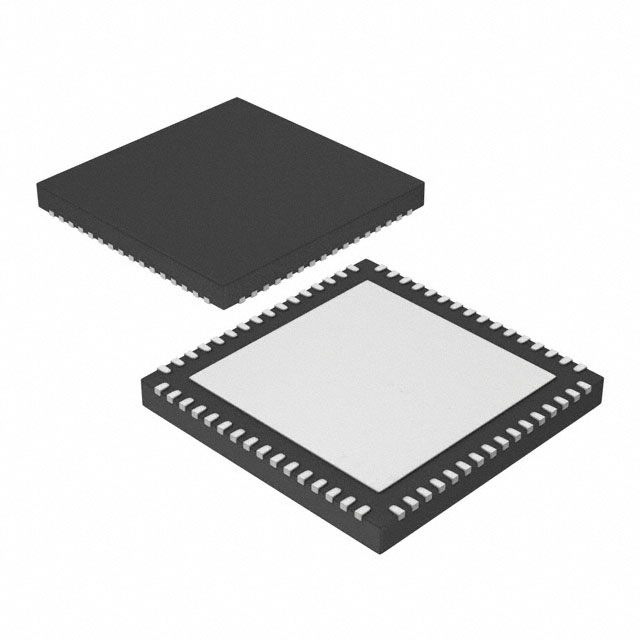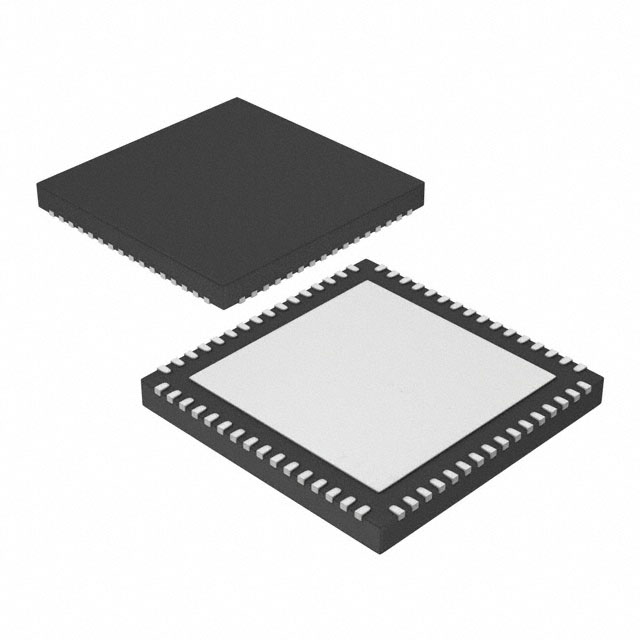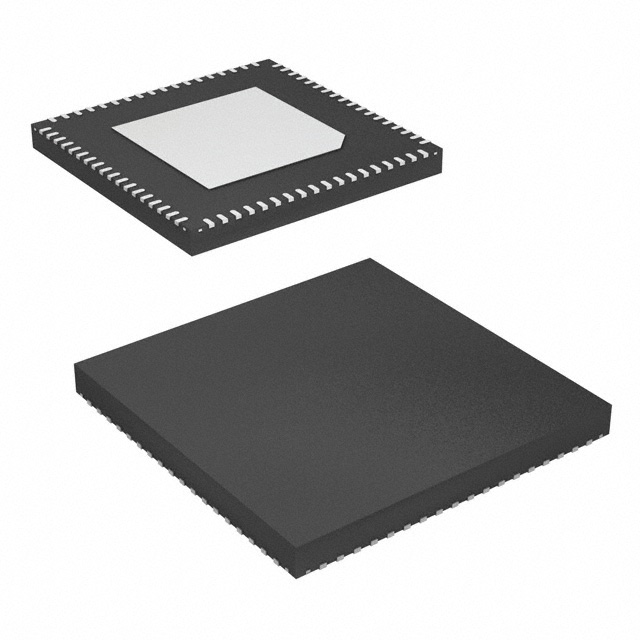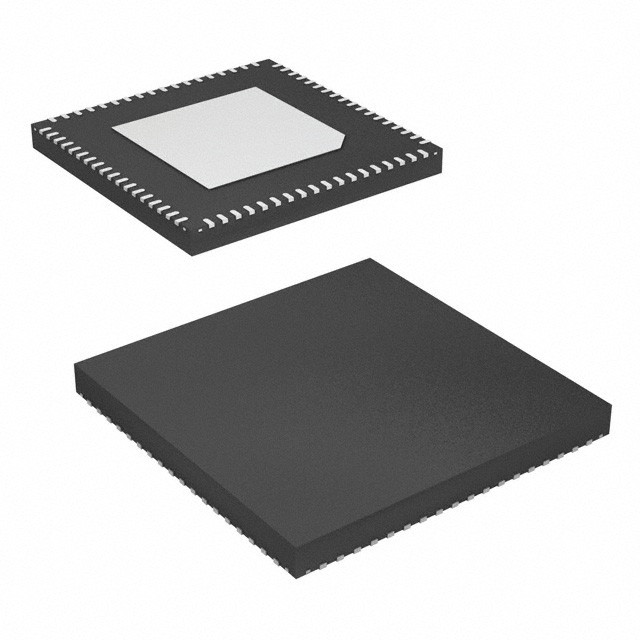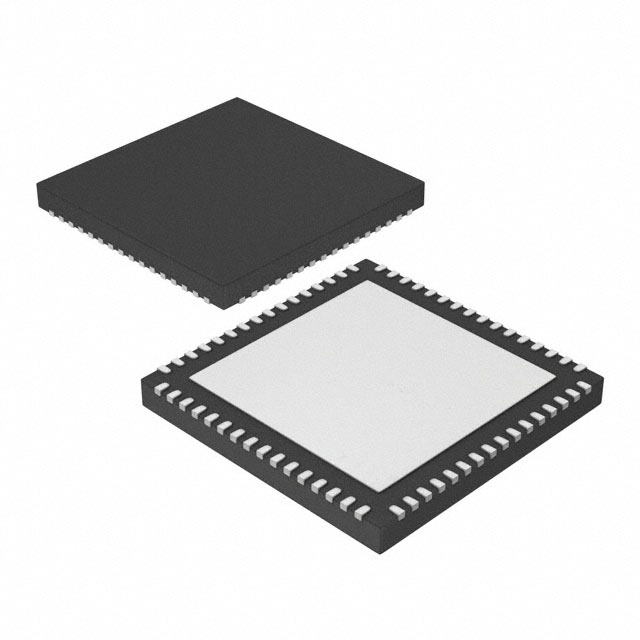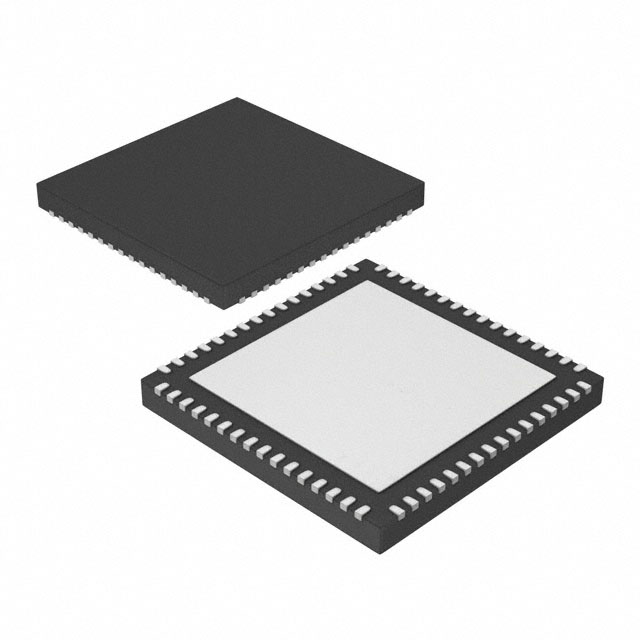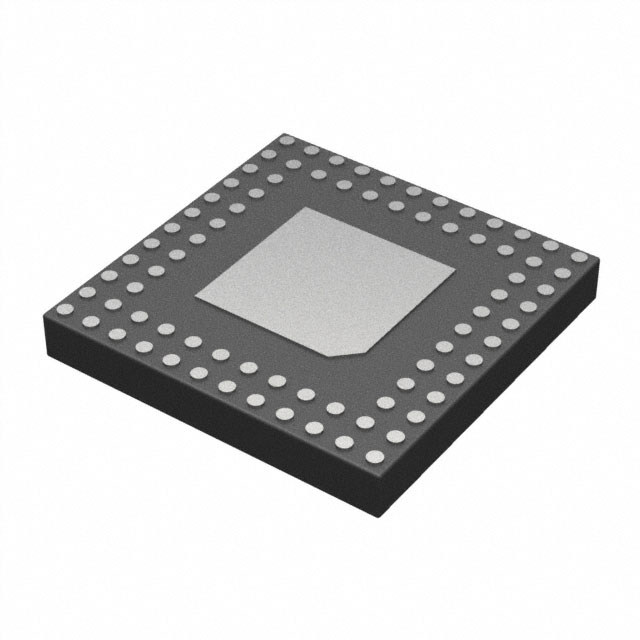Comparator performance and application and working principle
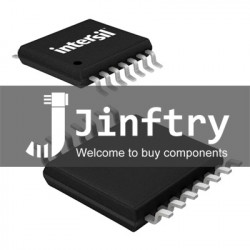
Comparators principle
You can think of the comparator as a 1-bit analog-to-digital converter (ADC). Operational amplifiers can in principle be used as comparators without negative feedback, but because of their very high open-loop gain, they can only handle signals with very small input differential voltages. Moreover, in general, the delay time of operational amplifiers is long and can not meet the actual needs. The comparator can be adjusted to provide a very small time delay, but its frequency response characteristics will be limited. To avoid output oscillations, many comparators also have internal hysteresis circuits. The threshold of the comparator is fixed, some have only one threshold, some have two thresholds.
Comparators Performance index
Hysteretic voltage: When the voltage between the two inputs of the comparator is zero, the output state will change, because the input is often superimposed with a small fluctuating voltage, the differential mode voltage generated by these fluctuations will lead to continuous changes in the output of the comparator, in order to avoid output oscillation, the new comparator usually has a few mV hysteretic voltage. The presence of hysteretic voltage changes the switching points of the comparator into two: one to detect the rising voltage and one to detect the falling voltage, the difference of the voltage threshold (VTRIP) is equal to the hysteretic voltage (VHYST), and the offset voltage of the hysteretic comparator is the average of TRIP and VTRIP-. The input voltage switching point of a comparator without hysteresis is the input offset voltage, not the zero voltage of an ideal comparator. The offset voltage generally changes with the change of temperature and power supply voltage. The power supply rejection ratio is usually used to express the influence of the power supply voltage change on the offset voltage.
Bias current: The input impedance of the ideal comparator is infinite, so the theory does not affect the input signal, and the actual input impedance of the comparator cannot be infinite, and the input current passes through the internal resistance of the signal source and flows into the comparator, resulting in additional pressure difference. The bias current (Ibias) is defined as the median of the input currents of two comparators and is used to measure the influence of the input impedance. The MAX917 series comparators have a maximum bias current of only 2nA.
Super power supply swing: In order to further optimize the operating voltage range of the comparator, Maxim company uses the structure of NPN tube and PNP tube in parallel as the input stage of the comparator, so that the input voltage of the comparator can be extended, so that the lower limit can be as low as the lowest level, and the upper limit is 250mV higher than the power supply voltage. Thus, the Beyond-theRail standard is reached. The input of the comparator allows a large common-mode voltage.
Drain-source voltage: Because the comparator has only two different output states (zero level or supply voltage), and the output stage of a comparator with full power swing characteristics is an emitter follower, there is only a very small pressure difference between its input and output signals. This pressure difference depends on the emitter junction voltage at saturation of the transistor inside the comparator, corresponding to the drain-source voltage of the MOSFFET.
Output delay time: includes the transmission delay generated by the signal through the component and the rise time and fall time of the signal. For high-speed comparators, such as the MAX961, the typical value of the delay time can reach 4.5ns and the rise time is 2.3ns. During the design, we should pay attention to the influence of different factors on the delay time, including the influence of temperature, capacitive load, input drive, etc.
Comparators sort
Zero-crossing voltage comparator: A typical amplitude comparison circuit, its circuit diagram and transmission characteristic curve are shown.
Voltage comparator: The voltage comparator is obtained by changing an input of the zero-crossing comparator from ground to a fixed voltage value.
Window comparator: The circuit consists of two amplitude comparators and some diodes and resistors. When the potential level of a high level signal is higher than a specified value VH, it is quite similar to the positive saturation output of the circuit. When the potential level of a low-level signal is below a specified value VL, it is quite comparable to the negative saturation output of a circuit. The comparator has two thresholds, and the transmission characteristic curve is window, so it is called window comparator.
Hysteresis comparator: Leads a resistor divider branch from the output to the in-phase input. When the input voltage vI gradually increases from zero and VI is less than VT, the comparator output is a positive saturation voltage and VT is called the upper threshold (trigger) level. When the input voltage VI>VT ', the comparator output is a negative saturation voltage and VT 'is called the lower threshold (trigger) level.
Comparators Apply
The four comparators constitute a current detection circuit that can be used to indicate the four states of the input current, the resistance "Shunt" is used to convert the input current into a voltage signal, and R1 and R2 are used to set the gain of the operational amplifier and provide the required reference voltage for the comparator. R4 to R7 can be used to set detection thresholds corresponding to different digital output states.
Zero crossing comparator
A zero-crossing comparator is used to detect if an input value is zero. The principle is to use a comparator to compare two input voltages. The two input voltages, one is the reference voltage Vr and the other is the voltage to be measured Vu. Generally, Vr is accessed from the positive input terminal and Vu is accessed from the inverting input terminal. Output forward or reverse saturation voltage based on the result of comparing the input voltage. When the reference voltage is known, the measurement result of the voltage to be measured can be obtained, and when the reference voltage is zero, it is a zero-crossing comparator.
The zero-crossing comparator constructed with comparator has some measurement errors. When the product of the voltage difference between the two inputs and the open-loop magnification is less than the output threshold, the detector will give a zero value. For example, when the open-loop magnification is 106 and the output threshold is 6v, if the voltage difference between the two input stages is less than 6 microvolts, the detector outputs zero. This can also be considered the uncertainty of the measurement.
Relaxation oscillator
Comparators can be used to construct relaxation oscillators in which both positive and negative feedback are applied. The positive feedback is a Schmidt flip-flop, thus constituting a multivibrator. The RC circuit adds negative feedback to it, causing the circuit to start oscillating spontaneously, turning the entire circuit from a latch into a relaxation oscillator.
Level converters that use open-drain comparators, such as the LM393, TLV3011, and MAX9028, can be constructed to change the signal voltage. Choosing the appropriate pull-up voltage can flexibly select the voltage value of the conversion. For example, the MAX972 comparator can convert a ±5V signal into a 3V signal.
Analog-to-digital converter
The function of the comparator is to compare whether an input signal is higher than a given value, so that the input analog signal can be converted into a binary digital signal. Almost all digital-to-analog converters, including Delta-Sigma modulation, contain a comparator that quantifies the input analog signal.
Recommended Products



